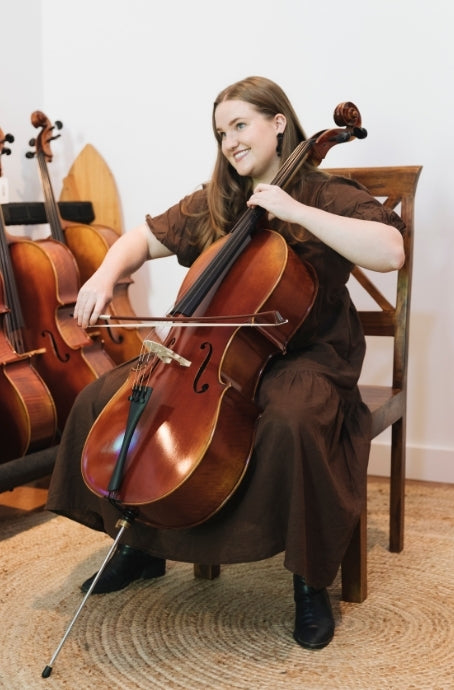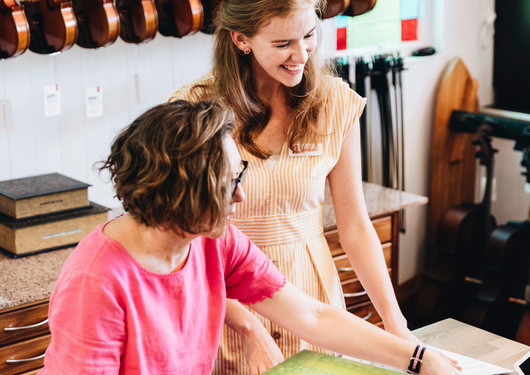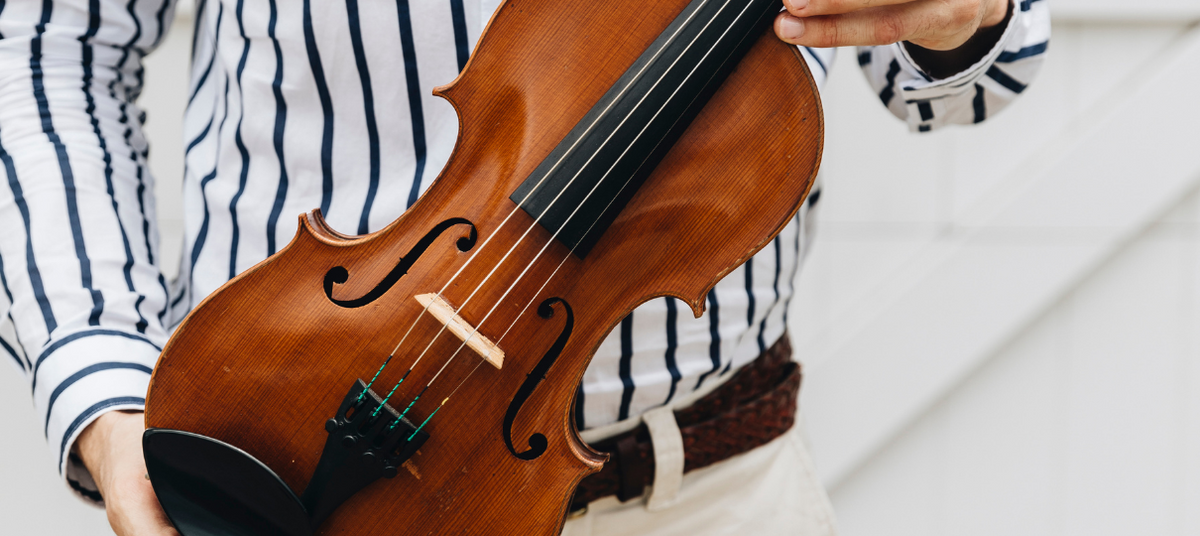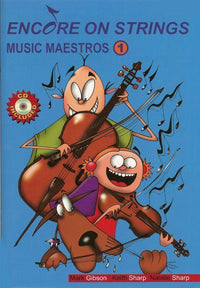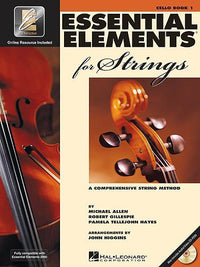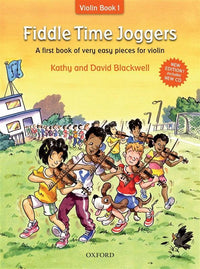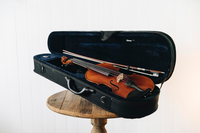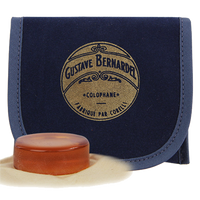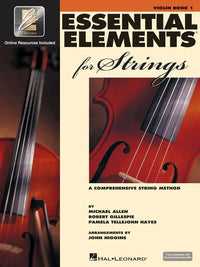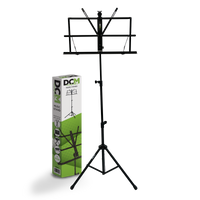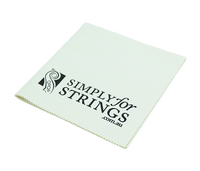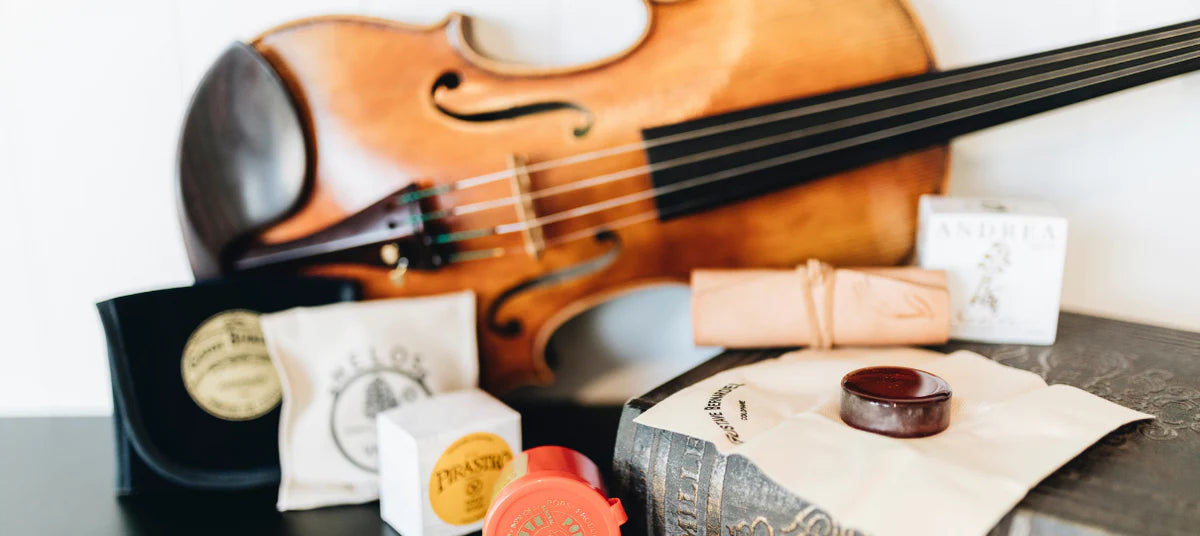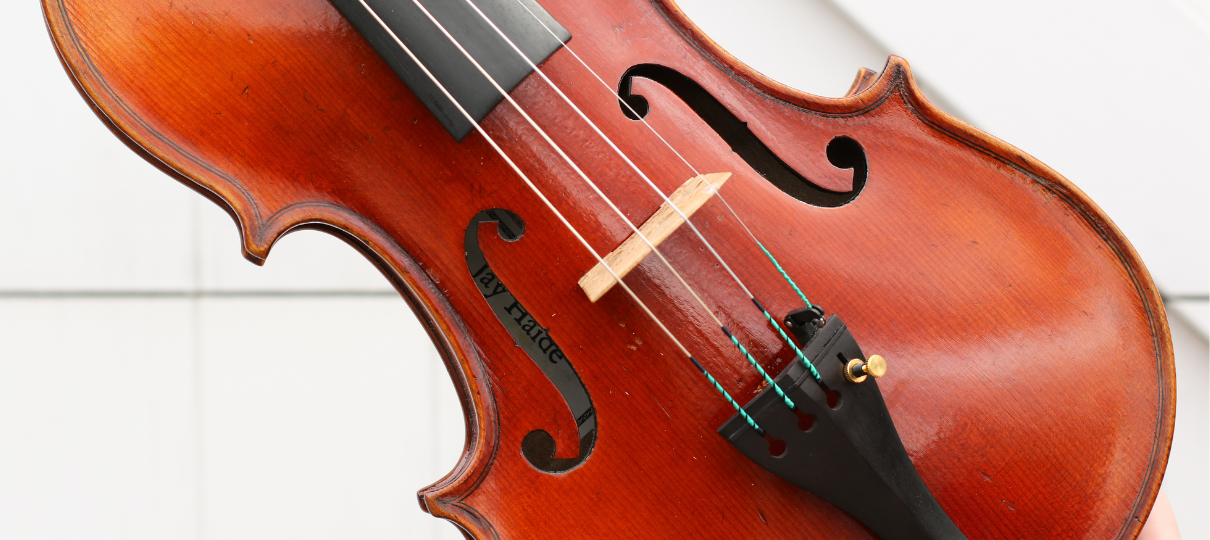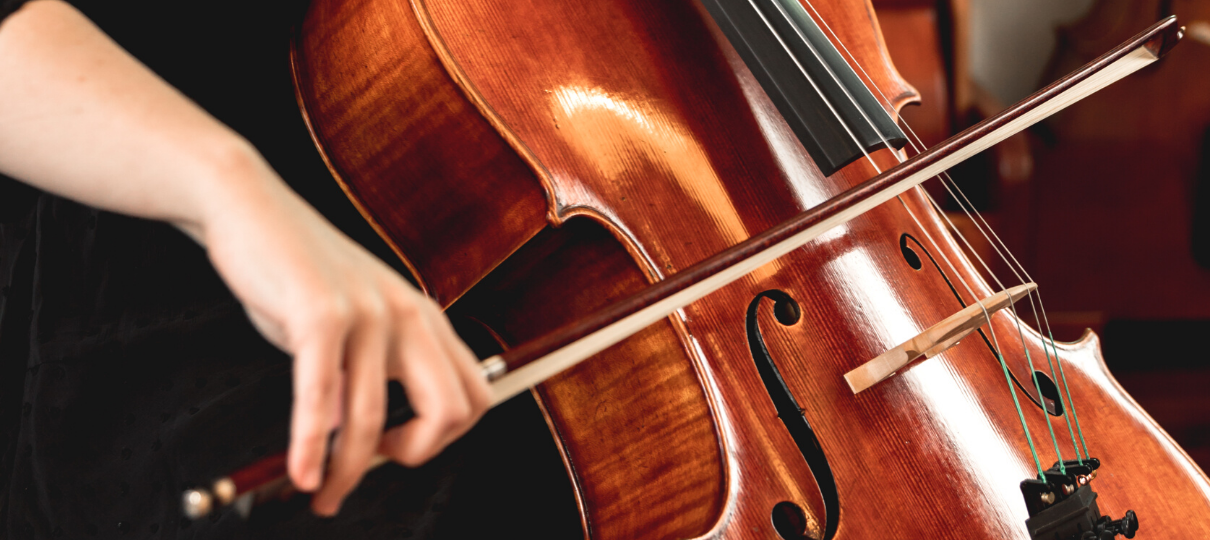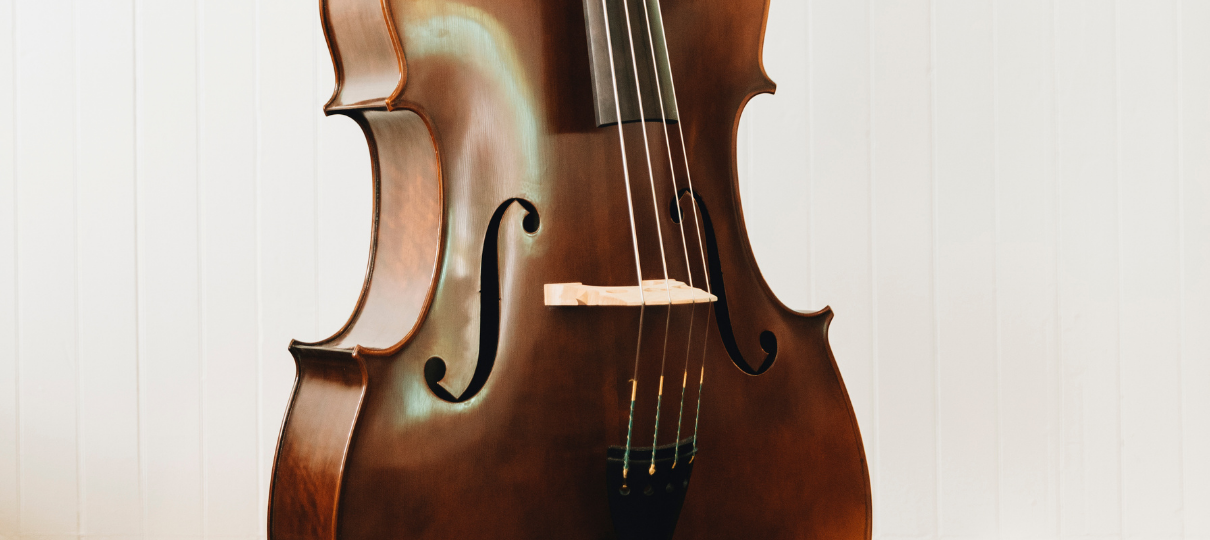Whether your child is about to start lessons at school, or you’ve been thinking about taking up the violin for a couple of months, we’ve put together some key things every budding violinist needs to know when starting their musical journey.
Learning the violin is a fun, rewarding and sometimes challenging journey. As musicians ourselves, we've all experienced the nerves and excitement you're feeling right now.
Determine what sound you like
We’ve been in our home for hobbyists, professionals, educators and students alike for many years, and one of our favourite things to do is demonstrate each instrument to budding beginners. Some beginners are shocked to find they prefer the sound of the viola over the cello, for example. There is truly no ‘right or wrong’ when it comes to which instrument any one individual should pursue - so get on YouTube or visit us in store to determine which sound you enjoy the most. Chances are if you love the sound, you’ll work hard to achieve your playing goals!
The double bass has the lowest pitch of the string family, making it a staple in modern symphony orchestras as well as in solo, chamber, jazz and classical music. It bellows at an octave lower than the cello, and acts as the deep, dark harmony and accompanying baseline upon which symphonies are built. However, it can also perform some lively melodies when used in a jazz context, as it can be played both with the bow and by simply plucking the strings during riffs.
Cellos have a strong, deep sound, and of the stringed family can be most closely compared to the human voice. It has a variety of tones, from warm and melancholic through to lighter, brighter notes. They can be used to maintain the base or harmony but can also be a weighty and powerful addition to the melody.
After the cello comes the viola to add an eloquent and sensuous harmony five notes lower than that of the violin. It has a larger role than the larger stringed instruments, providing a robust and lively addition to the rhythm and harmony of the violins.
While all these instruments have their own unique voice and purpose to lend to an orchestra, perhaps none shine quite so brightly as the star of the show – the violin. The violin has the highest pitch of these stringed instruments, maintaining the melody and providing the rhythmic and harmonic undertones for the entire orchestra.
Learn more about the differences between all of the string instruments here.
How to start learning
Learning the violin is similar to learning a brand new language. When learning a language, you start with small building blocks (alphabet, numbers and very small words) and the same with violin (notes, rhythm and very small tunes).
We recommend finding a teacher in your area so you can have personalised assistance available to you on a weekly or fortnightly basis. Although there are a lot of great resources available online, we find different students can develop different issues with holding the instrument, positioning of your bow or fingers, etc, and these issues are easily avoided with a teacher overlooking your progress. A teacher will also work closely with you to find repertoire you want to play and encourage great practice habits so you conquer the goal piece you've always wanted to learn!
Simply for Strings is a proud supporter of AUSTA. Find the perfect teacher for you by visiting their website.
When searching for a teacher, don't be afraid to meet with a few teachers and have some trial lessons first. A good violin, viola, cello or double bass teacher will have expertise in playing the instrument and teaching the instrument. A younger teacher may not have as much experience as an elite performer, but a teacher who has majored in education may have more pedagogy training. These can all be great teachers, but having a trial lesson will help you find someone you trust and know you can work with to achieve your goals. Have a conversation with your potential teachers about their teaching philosophy and style, your goals and learning style and schedule. Trust your gut reaction - ultimately this teacher is for you or your child, so go with your instinct. Learn more about what to expect when learning as an adult here. Starting back up after an extended break? Read our tips for picking it up where you left off.
What books and accessories you need
Beginning the endeavor of mastering any new skill always has its foundations in one core truth – practice makes perfect. As the true virtuosos will tell you, along with our family of professionals here at Simply for Strings, musicians are perpetual learners. You must make the time, all the time, to practice and build on your craft. And this learning doesn’t simply apply to melody. Reading music, learning scales, and understanding tuning and maintenance are all essential parts of becoming a good (and eventually, a great) musician.
There are lots of beginner methods and grade books on the market, including (but definitely not limited to!) AMEB, Suzuki, Essential Elements, String Basics and many more. Below are some of our top recommendations for new musicians - check them out online or in-store today before selecting the perfect book for you.
Essential Elements offers beginning students sound pedagogy and engaging music, all carefully paced to successfully start young players on their musical journey. These books are also suitable for adult learners as they are packed with helpful tips and photographs. Essential Elements features both familiar nursery rhymes and songs and specially designed exercises, created and arranged for the classroom in a unison-learning environment, as well as instrument-specific exercises to focus each student on the unique characteristics of their own instrument.
Fiddle Time Joggers (also available for Viola and Cello) is a first book of very easy pieces for Violin. Packed with lively original tunes, well-known pieces, and easy duets, the Fiddle Time series is carefully paced and organized to build confidence every step of the way. The series features fun cartoons, a modern design, instrumental backings and a fantastic play-along CD.
Encore on Strings is a popular beginners series (available for all instruments) and provides a solid foundation for learning and progression. Kids love the CD and this provides a powerful motivation to practise from day one. Fabulous backing tracks that feature all musical styles - classical, jazz, rock, baroque and many more. The book integrates movement activities and games to facilitate flexibility, which in turn stimulates visual, aural and kinaesthetic learning domains. The series is uncluttered, easy-to-read layout with action packed, high energy illustrations. Ideal for both private and group tuition.
String Basics: Steps to Success for String Orchestra is a comprehensive method for beginning string classes. Utilizing technical exercises, music from around the world, classical themes by the masters, and original compositions, students will learn to play their string instruments in an orchestra. Step-by-step sequences of instruction will prove invaluable as students learn to hold their instrument and bow, finger new notes, count different rhythms, read music notation, and much more.
As with any great pursuit, there are a plethora of essential accessories that can accompany on your road to success. While there are a number of ‘nice to haves’ not essential to beginners, here are a few of the basics that we would recommend having on hand when starting your journey with stringed instruments:
Music stands are not only vital for ease of reference when playing, they are also essential to counteract many of the common posture and injury concerns associated with playing a stringed instrument. They don’t have to be expensive, but you will notice a marked difference when you’re able to maintain a comfortable stance while having your music easily at hand.
Rosin is applied to the hairs of your bow to assist in causing the friction necessary for sound vibration. A good rosin allows the bow to slide across the strings without jarring or skipping and will offer a smoother and easier quality of sound. It doesn’t need to be expensive, but you’ll want to make sure it’s made well to ensure you aren’t jeopardizing the life and sensitivity of your bow and strings.
Investing in a stringed instrument is a big commitment and maintaining good cleaning habits is the surest way to keep it in prime condition for many years to come. Having a good quality, soft, microfibre cleaning cloth close at hand is an essential part of daily maintenance and taking the few seconds to wipe down your instrument (and strings!) on a daily basis will offer a reward that’s tenfold.
Renting or buying an instrument
Renting is a cost-effective solution to getting a high-quality instrument for a simple monthly fee. If you’re worried about committing long-term, or simply wanting to just give it a try, Simply for Strings offers three-month minimum term rentals. We’ve put together a blog post with all the pros and cons of buying or renting an instrument here.
Buying an instrument can be nerve-wracking, but when you’re shopping with the passionate professionals at Simply for Strings, buying a violin is a breeze. Our team consists entirely of musicians who are able to guide you through our range of instruments and explain the nuances of each product we offer.
We recommend only purchasing an instrument that has been professionally adjusted and inspected. A poorly adjusted and inspected instrument is very likely to increase ongoing costs and potentially result in frustration for you as a beginner. Competitive price is not always true value. Simply for Strings combines both competitive prices and quality instruments which will not only last longer, but enhance your performance skills as well. Happy instruments make happy players. Learn more about what to expect when buying your first instrument here.
How to maintain your violin and strings
Like a car, your instrument requires regular check-ups to ensure its in optimal condition. Develop great cleaning habits from the get-go and you'll have many years of happy partnership with your violin.
We’ve put together a blog post with our top tips for care and maintenance, which you can read here. If you ever have any questions about the health of your violin or strings, our friendly team is just a phone call or email away. It’s our pleasure to help guide you in your own musical journey.
What to expect as you learn the violin
Like any great pursuit in life, consistency is the key to turning the ordinary into the extraordinary. When you start your musical journey, there are a few things that we all experience.
Some adult beginners are surprised by the number of muscles used during a practice session. Build up your stamina slowly, and be sure to check in with your teacher if you're experiencing any physical discomfort after a long practice session. We recommend starting with short sessions (try 15-20 minutes and then a break) before slowly building up. Taking frequent breaks during practice will actually help you stay focused and comfortable. Your teacher will give you specific exercises and studies to work on as you begin your musical journey, and it's important to practice these as often as possible. If you want to achieve your goal piece down the track, you will need to practice daily and repeat your exercises a surprising number of times. It's not uncommon to finally "master" an exercise and then practice it a thousand more times!
Sometimes finding the motivation to push through can be a little tough. We often hear adult beginners are frustrated with their tone or technique, or how much practice is required at each stage of learning. If you find yourself lacking the motivation to continue lessons, try joining a community ensemble or orchestra. There are lots of adult beginner ensemble groups around the world that are made up of learners just like you. It's always fun to create music with others, and it can really motivate you to keep playing.
Whether it’s our health, career or practicing our favourite instrument, we tend to struggle to find the motivation to move away from our comfort zones and find something greater. But after the initial excitement has worn off and the reality of repetition sets in, how can we motivate ourselves to continue to practice our passions — or, more specifically, our instruments — amongst the chaos and distractions of day-to-day life? Even our favourite resident musicians (and by favourite, we mean all of them) grapple with this on a daily basis, so we asked them to share their own ideas about how to keep momentum in your motivation for the long haul. Read our blog post with our 8 ways to motivate yourself to practice here.
Always, always keep in mind — you’re doing this for a reason. You remember how much admiration you had for your grandfather when you saw him play in the national orchestra. You will never forget the sensation of how the notes from your violin touched your soul. You recall the awe of the audience the first time you performed at your school talent show and knew this was what you were born to do. Whatever your reason, whatever your ‘why’, give yourself a gentle reminder of it whenever you’re feeling uninspired.
When looking for motivation, it’s always important to remember why it’s needed in the first place. It’s because you’re doing something new, challenging yourself, and daring to take your skills to a whole new level. Don’t fight it, embrace it. And if you ever need a gentle reminder, the Simply for Strings team is always here any time you feel the need to fall in love with learning the violin again.
We hope this blog post has answered some of your questions - if you have any questions at all, give us a call or pop into our studio to chat with one of our friendly team members. We can't wait to see you!





